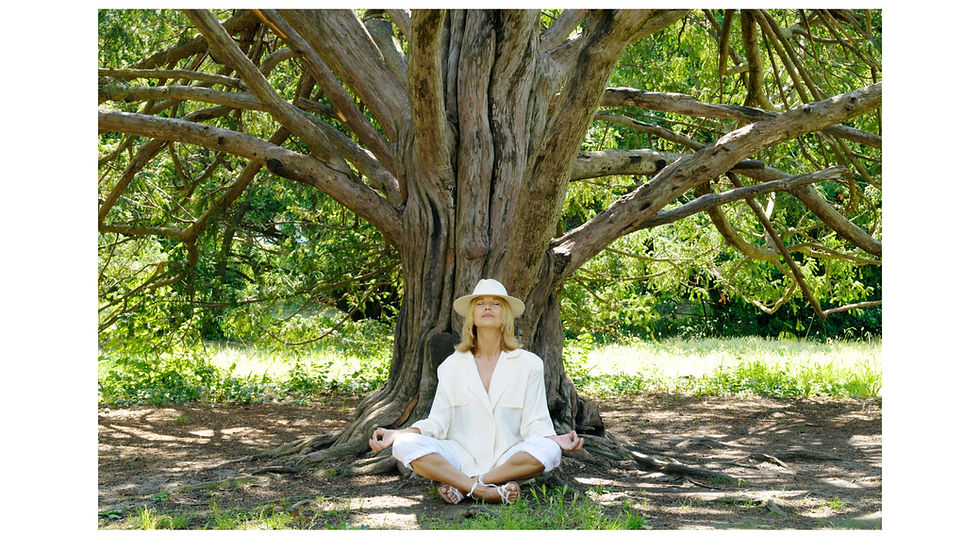
“As a child, growing up on the family farm, we spent a lot of time in the shade of a massive oak tree that we called Granny Grace. She is probably 25m tall and spans an area of roughly 19 m in diameter.
Granny Grace was my father’s grandmother.
At the age of 32 and gravely ill, she made my great-grandfather promise to plant a tree that will provide shade for all her children’s children after she’s gone. A peaceful place where her family can come together to play, eat and be happy.
Many beautiful weddings, Christmas and birthday celebrations and countless family meals have been enjoyed in her beautiful presence since and Granny Grace is also home to a lot of birds, bats and squirrels."
Granny Grace’s living legacy has inspired many of our friends and visitors to adopt a similar tradition in their families.
Biotree Urn - A Living Design That Celebrates Life
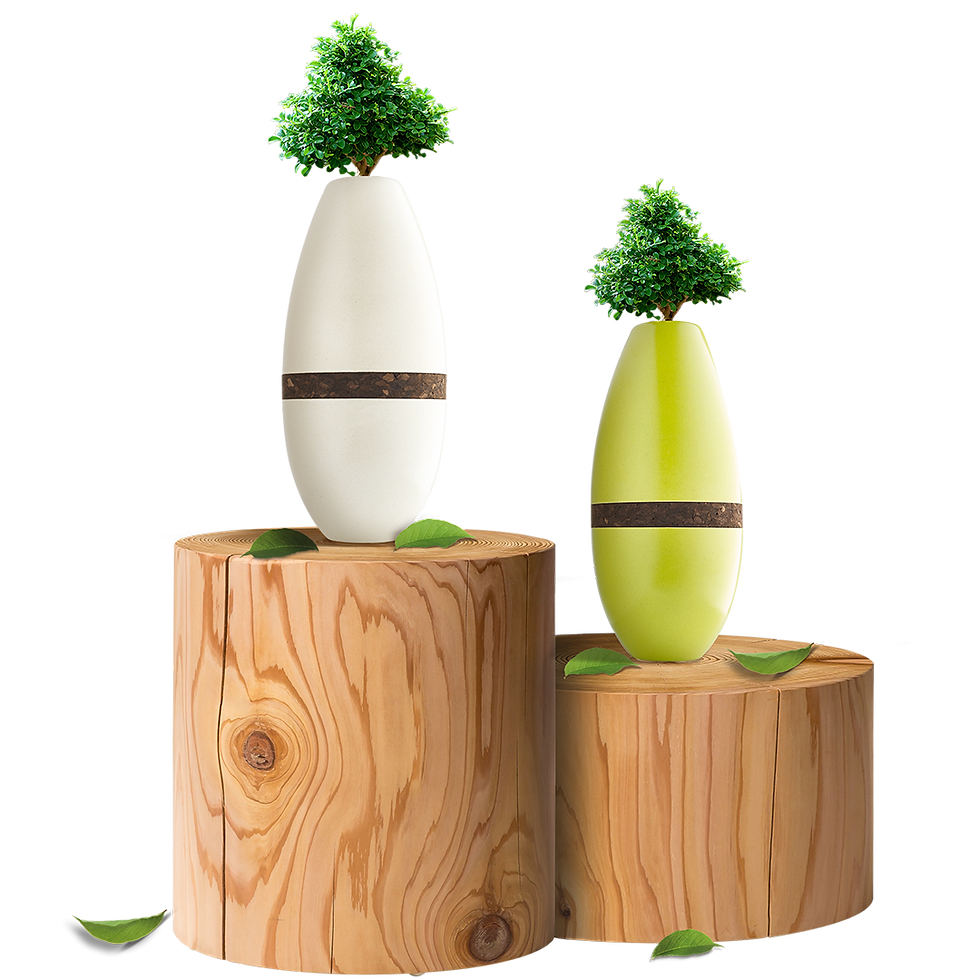
The Biotree Urn has evolved from an ontological philosophy meaning - that which we create in turn creates us. It inspired a design where we view the passing of a loved one – human or pet - as a celebration of their life with a living memorial, in the form of a tree or a shrub. Opening ourselves up to the notion that a life does not end when leaving the physical behind, we’d like to believe that with the passing of a life, a beautiful and nurturing one is created anew.
In the words of Costica Bradatan “Just as you grow into the world, the world grows into you. Not only do you occupy a certain place, but that place, in turn, occupies you.”
We regard the Biotree Urn as a monument to embody change for the better, a conscious design that serves a greater purpose for all while allowing one to pay homage to life by planting a wonderful tree.
Thereby contributing to the environment that we and our descendants need to thrive in.
We love our pets, and they are just as much part of our families. Therefore, we have also created Biotree Urns for them, and our urns contain everything you need to create a living and loving sustainable memorial.
How The Biotree Urn Works
Our urns allow the ashes to be combined with soil and the seeds of the tree or plant. When planted in the ground or a plant pot, the seed can grow into a beautiful living memorial to the loved one you had to say goodbye to.

Human Urns
Human urns often refer to funerary or cremation urns that are used to keep the cremated ashes of humans. In some cases, urns can also refer to tea urns, or ornamental displays in gardens. However, in this instance, human urns refer to a cremation urn.
Types Of Human Urns
There are several types of human urns including conventional human urns, keepsakes, custom urns and biodegradable urns.
Conventional urns can be made of many different types of materials including metal, brass and silver. These are the most popular types of urns due to their being manufactured of robust materials. They can also be used as a special container of a beloved’s ashes prior to the scattering occasion or ceremony.
Keepsake urns are primarily used to hold smaller amounts of ashes. These are typically used by those who wish to retain a small amount of the ashes privately, perhaps in the home or as part of a private memorial.
Customised urns, often to reflect the individual whose ashes they contain, can vary wildly in design, shape and size. These can be made bespoke to the individual or bought as a pre-made item like an urn in the shape of a car etc.
Biodegradable human urns are made of 100% biodegradable material that can be fully decomposed by living organisms and other bacteria. Biotree.earth specialises in these urns for both humans and pets.
The Difference Between Human and Pet Urns
The primary difference between an urn for a human or a pet, lies in the dimensions as well as designs.
Pet urns, tailored to different types and sizes of deceased pets, will have specific sizes and would normally be smaller. Human urns are generally designed to hold bigger amounts of ashes.
Design is also a key factor in the difference between human urns and pet urns. For example, a human urn may be conventional or customized in design, while pet urns could be decorated with paws or bones etc.
Always check the design of an urn before you buy to make sure you are purchasing an urn that is suitable for you and for your loved one.
The Funeral Industry Today
Over the past few years, the funeral industry in South Africa has been tainted with incidents of corruption, black market organ trade and illegal burials to name but a few.
South Africans are increasingly challenged to rethink their outlook and beliefs regarding funerals, with the most pressing issue of burial space that’s running out.
The subject has raised a lot of controversy across the country with local governments trying to find suitable and respectful innovations. Suggestions like reusing old graves have been met with stern opposition while cremation is still not readily acceptable for a large part of the South African community.
Sadly, we are faced with full or neglected cemeteries while some are also being plundered. People being robbed while visiting loved ones’ graves to clean them, have also been reported. With environmental and health issues in the foreseeable future, people will need to be guided and educated regarding dignified alternatives to traditional burials of loved ones.
Biotree.earth - Our Story
Biotree.earth was founded in 2015 with a specific ideology to create a sustainable solution for laying a loved one to rest. This shaped our vision to change our traditions from the finality of burials and gravesites to create joyous new life that benefits future generations.
And the best part is that we plant trees or shrubs as living monuments of souls that we deeply cared for, breathing life, long after we have left this earth. This also addresses an issue some families face with family members living in different locations. It is now possible to visit departed loved ones or pay respects online.
Each Biotree Urn comes with a memorial tag, which has a unique code on it. Once the code is registered on the website a person can geotag the location of their Biotree Urn and write a memorial for the loved one that now rests at its roots. The tags are also sold separately which allows families who have buried or scattered loved ones to create a memorial online.
The urn includes 3 seeds of indigenous trees to choose from, however, one is not limited to this selection and can use other seed species or seedlings if they wish. The outdated and impersonal use of a plastic bag to hold ashes has been replaced with a beautiful white fabric pouch that is compostable and environment friendly.
Biotree.earth donates a tree to be planted by Greenpop in aid of reforestation projects with every Biotree Urn for humans they sell, they also include a memorial bracelet made by the Bead Coalition which is an organisation that helps create work for woman in rural areas.
The Biotree Urn for animals is no exception as for every urn for pets that the company sells, a portion is donated to Guide Dogs S.A to help sponsor a working dog for a person with a disability. The urn also includes a Rhino Force bracelet as a memorial bracelet and the proceeds go towards Rhino conservation.
Frequently Asked Questions
Can I use my Biotree Urn with old ashes?
Yes. Our urns are designed for the tree to grow irrespective of the age of the ashes. Cremation ashes do not affect the growth or germination process of the Biotree Urns.
How much ash does my urn use?
You may use as much as you see fit. The Biotree Urn has been designed to only make use of a portion of the ashes you will receive from a crematorium. The reason for this is to make provision should you wish to retain some of the ashes or have a spreading ceremony.
What type of seeds are compatible with my urn?
The seed species that are included in the Biotree Urn will grow in South Africa, however any seed that can be planted in the urn can be used. It is your choice, choose wisely. If you need advice, don’t hesitate to contact us.
How can I plant my Biotree Urn if little space is available?
The tree species included with the urn are chosen for their characteristics. In an event where there is very little to no space, selecting a smaller tree species is advised. The urn can also be planted in a pot if the chosen pot will provide sufficient space for your choice of seed to root and flourish.
Soil mix and growth advice should be obtained from an expert to ensure that your potted urn will grow to its full potential. This is also a sound solution should you wish to keep your urn indoors and take with when moving properties etc.
Where may I plant my Biotree Urn?
Due to the nature of the product, confusion around legalities do arise. Some countries do regulate the uses of cremation ashes for scattering etc. We do advise contacting local authorities for approval before planting it on public land. In the case of private property other than your own, you may need to establish agreement and arrangements to plant your urn.
Services are normally offered to scatter ashes in botanical or public gardens, forests or at sea, however, permits may be required to do so.
How long do I have before I need to plant my Biotree Urn?
There is no expiry date for your urn. Over extended periods of time under high sunlight conditions your urn's colour may slightly fade due to the sun's UV rays. However, the unit within itself will only begin its transformation once watered. To ensure its preservation, we recommend storing the urn in a cool and dry place.
Our tree seeds are chosen for longevity and viability. However, over extended periods of time a seed may lose its viability. We recommend that if your unit has been kept for longer than 12 months, the quality of the seed should be taken into consideration.
How much water do I need to add to my urn?
To start your urn's journey, you should fill the urn with at least 800ml of water, during the filling process you may notice water dripping out from the sides, this is not a manufacturing fault, due to the cork's natural elasticity the seal may sometimes allow small amounts of water to escape when it's filled for the first time.
How long does it take for my Biotree Urn tree to grow?
Each tree species germinates and grows at a different rate and much like growing in life, it takes time. Be patient with your tree or shrub and ensure that good care is taken while it's still small as it requires nurturing to grow strong. Kindly refer to your specific choice of urn for growth recommendations and germination time below.
How do I Geotag and write an online memorial for a loved one?
Visit the registration page on the Biotree.earth website and fill in the form using the unique code found on your Biotree memorial tag. You are now also able to add a photo to a Biotree memorial to celebrate a loved one's life. If you have an existing memorial for a loved one, you can simply log in and add a photo.
What is the difference between the Biotree Urn for humans and pets?
Although both serve the same purpose, we have designed them with different intentions. The human Biotree Urn has been designed to elegantly compliment and tribute human life, the tree species and causes chosen are more humanitarian driven and supports more causes than the animal Biotree Urn.
The human urn features larger indigenous tree species and supports more causes.
Registration of the human urn also differs and is map identified differently.
The animal Biotree Urn has been specifically designed to pay respect to the beautiful and unique relationship with our pets. Smaller tree species are also used and to aid in cost effectiveness, the animal urn does not donate to the same causes as the human one. Registration of the animal urn also differs and is map identified differently.
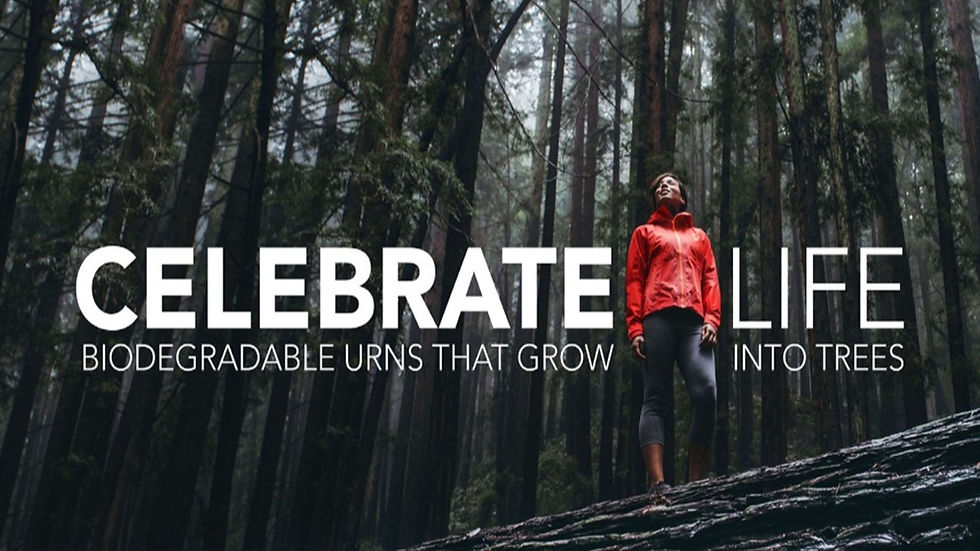
Growing a tree from the ashes of a loved one to give back to nature, is a beautiful way of paying it forward.
Biotree.earth also adds to the difference that you make by planting a tree for every human urn purchased and creating work for humanitarian causes by purchasing a handmade memorial bracelet that's included inside each human urn.
Urns For Humans

Your purchase will have the following effect on our planet:
You'll be creating a natural habitat for animal life.
A fully grown tree will reduce CO2 and produce Oxygen.
You will actively reduce the adverse effects of traditional burial.
Your Biotree Urn helps support local initiatives and NPO's.
Each Biotree Urn contains:
Three indigenous tree species for you to choose from.
Dehydrated soil with all the nutrients your tree requires.
Handmade memorial bracelet.
Biotree memorial tag to create an online memorial for a loved one.
The Following Biotree Species For Humans Are Available:
1. Castanea sativa (UK)
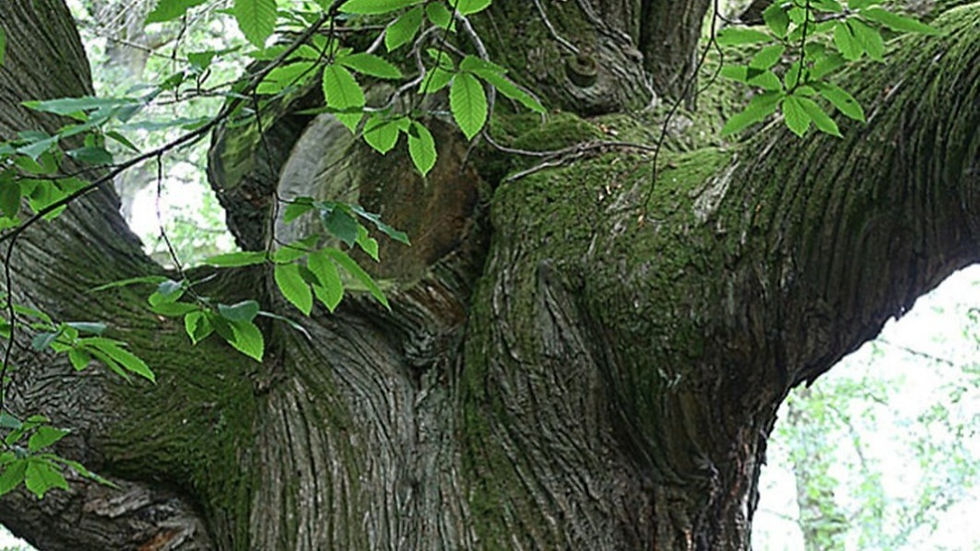
Castanea sativa (UK)
Common names: Sweet Chestnut.
Size: Grows up to 30m
About: Fast-growing and large deciduous trees or large shrubs with a smooth grey bark and long dark green toothed leaves which contrast with the long, yellowish spring catkins. Sweet Chestnut produces nuts in warm summers.
Germination: Soak seed in warm water for 12-24 hours prior to planting in your urn.
Care: Ideal sowing period is autumn or spring. They can be kept sheltered or exposed during germination period. Castanea saplings are hardy trees, withstanding temperatures as low as -15degc to -20degc, prune in late winter or early spring.
2. Quercus robur (UK)
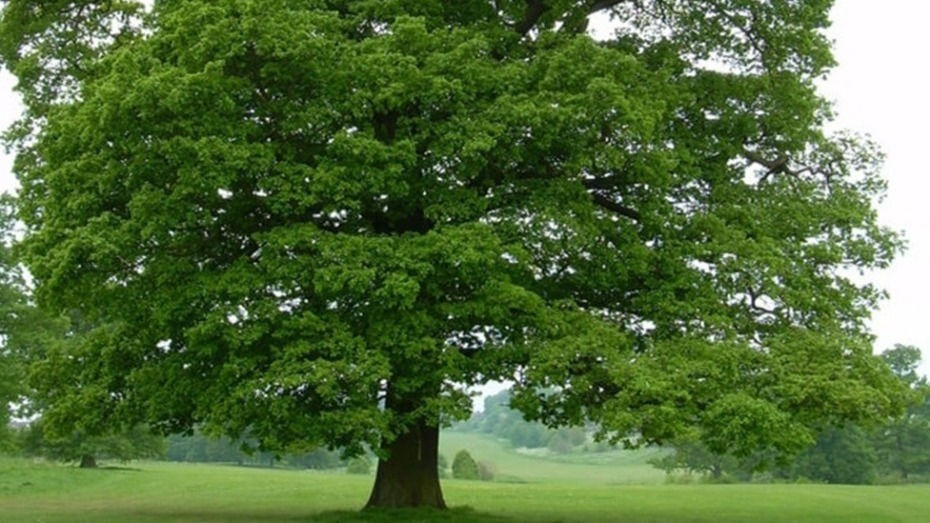
Cuercus robur (UK)
Common names: English Oak / Common Oak.
Size: Grows up to 25m
About: A large, impressive, long-lived tree that develops a large head of rugged branches. Can be deciduous or evergreen, with lobed or toothed leaves and characteristic acorns.
Quercus is a very hardy and low maintenance tree. Suitable for Bonsai.
Germination: Soak seed in warm water for 12-24 hours prior to planting in your urn.
Care: The ideal sowing period is autumn or spring, grows well in most deep, fertile soils and is lime tolerant, but make sure that the soil never dries out completely.
Place it in partial shade or full sun, should be protected when temperatures drop in the winter. The Quercus robur should be pruned significantly; pruning should take place in late winter or early spring, resulting in strong new growth.
3. Cytisus scoparius (UK)

Cytisus scoparius (UK)
Common names: Broom.
Size: 9 - 12m
About: A medium sized deciduous shrub much like gorse but without the thorns. It has rich butter yellow flowers which bloom in late spring.
Germination: These are typical legume seeds which have a condition known as 'Hard Seediness ' where a fine layer of wax prevents the seed from absorbing moisture. The wax must be scarified by rubbing on sandpaper or lightly scraping with a blade.
Scarify and soak the seed for 24 hours in warm water until noticeably swollen, seeds that do not swell should be scarified and soaked again before placing in your urn.
Care: Ideal sowing period is in spring. Best grown in full sun, leave in urn and plant in the garden, brooms resent transplanting. Prune when the tree is young. Begin your scotch broom pruning before the tree is mature, and prune back its stems annually. This stimulates growth to prevent scraggly look.
4. Eyrthrina lysistemon (SA)
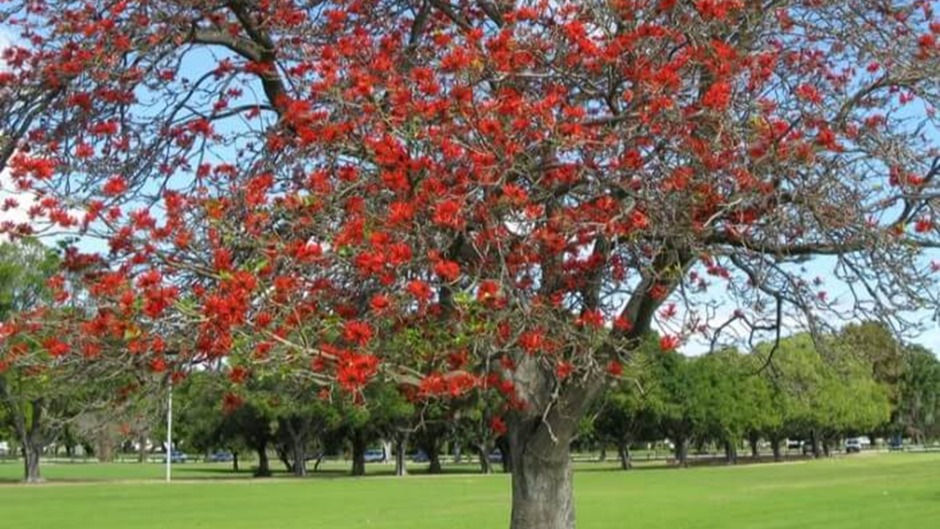
Eyrthrina lysistemon (SA)
Common names: Common Coral Tree / lucky bean tree | Umsintsi (Xhosa) | Muvhale (Venda) | Mophete (Tswana) | Kanniedood (Afrikaans) | Mokhungwane (Sotho) | Umsinsi (Zulu)
Size: 9 - 12m
About: Erythrina lysistemon is a very decorative tree with bright red flowers and is an important component of the ecosystem, providing food and shelter for a variety of birds, animals and insects. Erythrina lysistemon is also widely used and enjoyed by mankind. They have been regarded as royal trees and were planted on the graves of Zulu chiefs. The flowering of the tree has been, and still is, a good signal to the people that it is time to plant their crops. The seeds are used as lucky charms.
Germination: Soak overnight in hot tap water.
Care: Drought-tolerant but performs better if given water during summer. It is sensitive to cold and grows best in frost free gardens but will survive in regions with a winter minimum of -1 to -7C (Zone 9) provided it is planted in a sheltered position and protected from frost when young. This tree prefers dry winters, but it will thrive in the wet winters of Western Cape.
5. Bolusanthus speciosus (SA)

Bolusanthus speciosus (SA)
Common names: Tree Wisteria / Elephants wood | Vanwykshout (Afrikaans) | Umholo (Zulu)
Size: 4m
About: Bolusanthus speciosus is an indigenous tree reaching a height of 4m and spreading to a 3m diameter. It is a good choice for the smaller townhouse or cottage gardens, the deciduous nature will allow sunlight through if planted near a window and the root system will not damage buildings. The most impressive feature occurs during spring and summer when masses of fragrant, purple flowers are displayed. This tree is regularly confused with the exotic Jacaranda, although it is somewhat smaller and a better environmental choice.
Germination: Soak overnight in hot tap water.
Care: Bolusanthus speciousus is fairly drought and cold tolerant but will need protection is areas where frost and severe cold is present, it prefers to be planted in sunny areas and away from wind. This tree needs to be watered regularly in its first few years of life.
6. Acacia tortilis (SA)
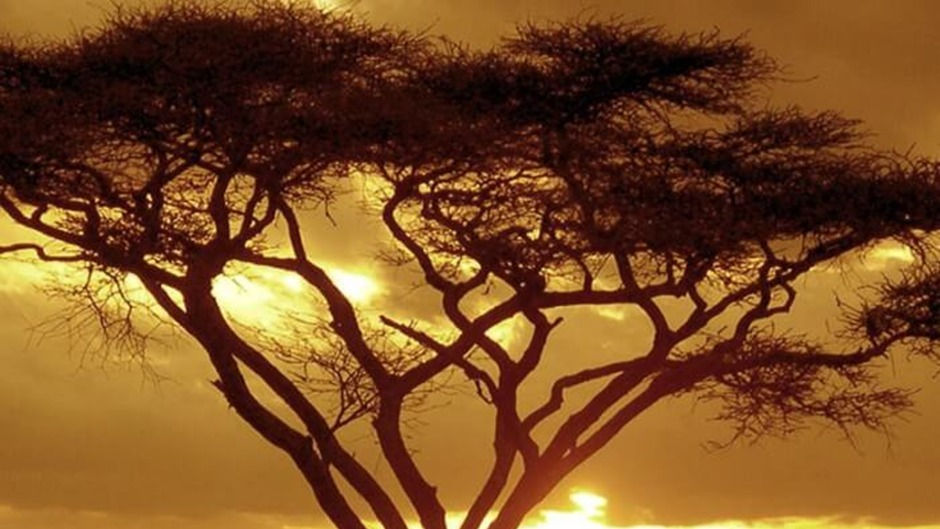
Acacia tortilis (SA)
Common names: Mostly known as the Umbrella Thorn. Because of the hardiness of the Acacia, it grows all over the globe and finds itself with a multitude of common names across various cultures. Size: 5 - 21m
About: A medium to large, spreading ‘umbrella’ crowned tree, Acacia tortilils is one of southern Africa’s most iconic trees. Besides its stunning shape, the Acacia pods provide food to animals as well as shelter from the sun. Although sometimes slow growing it is certainly worth growing in larger gardens, particularly in drier regions.
Germination: Soak overnight in hot tap water.
Care: Acacia tortilis prefers to be planted in sunny open areas due to its large size. It is cold-frost-and drought-resistant, however, environmental conditions play a role in the growth speed and colder regions could cause a young tree to grow slowly. Acacias that are planted in warmer conditions with fertile soil and sunny surroundings exhibit much stronger growth patterns.
Urns For Pets
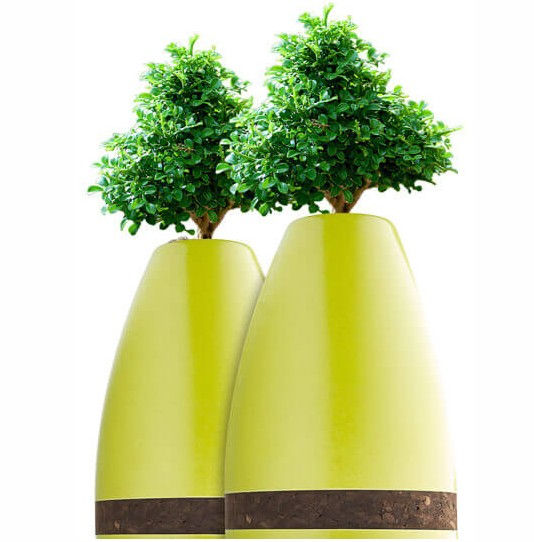
Your purchase will have the following effect on our planet:
You will be creating a natural habitat for animal life.
A fully grown tree will help reduce CO2 and produce Oxygen.
You will be actively reducing the adverse effects of traditional burial.
Your Biotree Urn helps support local initiatives and NPO's.
Each Biotree Urn contains:
Indigenous tree species for you to choose from.
Dehydrated soil with all the nutrients your Biotree requires and an ash bag designed to be environmentally friendly and compostable.
Handmade memorial bracelet.
Biotree memorial tag to create an online memorial for a loved one.
Choosing the perfect tree for your biodegradable pet urn
When ordering your pet urn for the first time, you will need to specify the type of tree or shrub you would like as your memorial depending on whether you are purchasing a biodegradable urn in South Africa or United Kingdom.
Our South Africa-specific trees include the River Indigo, September Bells and the September Bush. For the UK, we have the Sweet Chestnut tree, the English Oak tree and Broom. Many of these memorial trees can be planted indoors or outdoors but kindly check the potential size the tree could grow to, on their descriptions.
What comes with the biodegradable pet urn?
The urn itself and your chosen seeds. The urn contains soil for the planting and growing of your chosen seeds. You will also receive a complimentary Biotree memorial bracelet with your purchase.
Growing your biodegradable pet urn tree - the key steps
Add 800ml of water to the top of the urn to allow the soil disk to expand. Once this happens, plant your seeds 2-3cm deep in the soil.
The germination period depends on the seeds you have chosen. After the initial planting of the seeds, it is important to be attentive to ensure the healthy germination and growth of the seeds.
You will then be able to place the ashes of your beloved pet in the base of the urn.
Plant the urn to ground level and see your live monument grow.
Following the planting of your urn, you can geotag and write an online memorial to your beautiful pet and join the global community of Biotree owners.
You can use your urn with old ashes - the age of the ashes will not impact the growing process of your seeds.
Your Biotree urn does not have an expiry date - if you intend to keep your urn for an extended period, we recommend keeping it in a cool, dry place. If you keep your urn for longer than 12 months, you may need to consider replacing the seeds. It is possible for seeds to lose their viability after an extensive period of inactivity.
You can use as much ash as you see fit - our urns are designed to use a portion of your ashes. This is in case you wish to retain some of the ashes separately or use the remaining ashes as part of a scattering ceremony.
Biotree Species For Pets:
The same species as those we use for humans are also available for pets like the Castanea sativa(UK), Quercus robur(UK) and the Cytisus scoparius(UK) but the following species are suitable for our pets simply because they take up less space and we can plant them in pots or have our beloved pets close to us in our smaller gardens.
Indigofera jucunda(SA)

Indigofera jucunda (SA)
Common names: River Indigo / Showy Indigo | Rivierverfbos / Pronkverfbos (Afrikaans) | Umsipane (Xhosa) | Umnukambida (Zulu)
Size: 1-4m
About: An attractive, evergreen, medium shrub or small tree, Indigofera jucunda is a showstopper when in flower. With a multitude of clusters of small, pink and white flowers and soft form it brings a touch of femininity into the garden and deserves a spot of honour in gardens.
Germination: soak in hot tap water for 24hrs changing water 2>3 times in the 24hr period.
Care: Indigofera jucunda prefers to be planted in full sun to semi shade areas of the garden, is cold tolerant and suitable for small and medium gardens. The Indigofera jucunda is fast growing and will flower within its first year.
5. Rothmannia globosa (SA)

Rothmannia globosa (SA)
Common names: September Bells / Bells Gardenia | Klokkies-Valskatjiepiering (Afrikaans) | UmGubhe (Xhosa) | UmPhazane (Zulu) | Thudwane (Venda)
Size: 4-7m
About: The Rothmannia globosa is an exquisite small tree that grows fairly fast, it is especially beautiful when bearing masses of medium sweetly scented, bell-shaped cream flowers in September. Its sweet scent fills a garden especially when it starts cooling down in the afternoon. It is perfectly suited for small gardens and attracts birds and butterflies.
Germination: Soak overnight in hot tap water.
Care: This beautiful ornamental tree grows best in full sun to semi shade positions and is fairly frost and cold tolerant. Watering should be done regularly however care should be taken not to over water.
6. Polygala myrtifolia (SA)
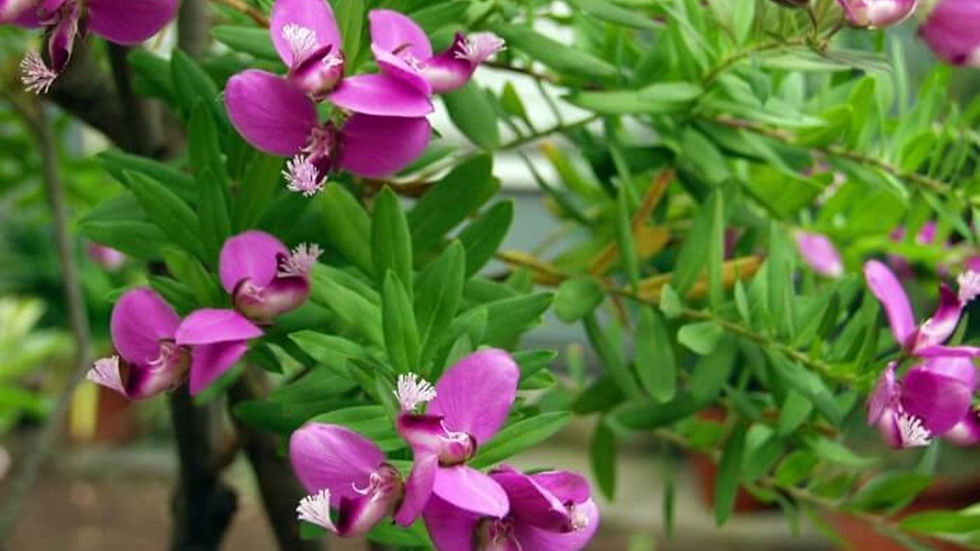
Polygala myrtifolia (SA)
Common names: September Bush | Augustusbossie / Blouertjie / Langelede (Afrikaans)
Size: 1.5 - 4m
About: This evergreen shrub bears beautiful mauve flowers on and off throughout the year with a peak in spring, hence its common names Augustusbossie and September Bush. The flowers are carried in small clusters.
Germination: Very easy to germinate, soaking not required.
Care: The Polygala myrtifolia is very hardy and adapts well in various garden conditions. Under favourable garden conditions it can grow into a small tree of about 3 meters, but it more typically forms a shrub 1,5 to 3 meters tall, depending on the local climate conditions. It can tolerate both moderate frost and windy coastal conditions as well as periods of drought.
A Greener Earth Is Taking Shape
"What we do for ourselves dies with us. What we do for others and the world remains and is immortal" ~ Albert Pine
By planting a Biotree Urn, you are sharing the love of our planet and physically making an active change to the environment that surrounds us. A difference that is sustainable and environmentally friendly and decreases the use of a traditional burial.
What people love about the Biotree Urn:
“BIOTREE is a wonderful and thoughtful alternative for the final resting place of loved ones. An incredible way to be remembered and to give back in so many ways. I hope it soon becomes the mainstream choice for the dearly departed.”
“Absolutely brilliant idea! Myself and my pets will all be converted to trees upon death. And nothing but praise to whoever brought this here”
“Well when I die I would like to have my ashes mixed with my So'sto ashes and us together fertilize a tree.”
.png)
Comentários